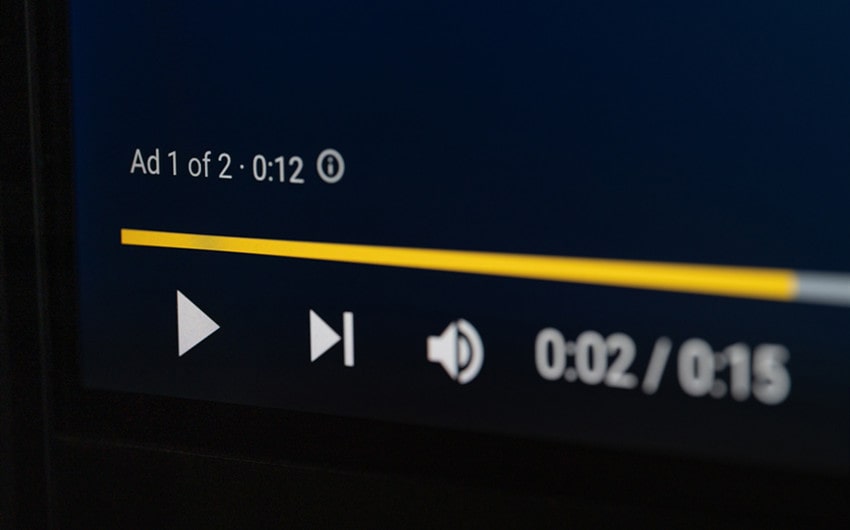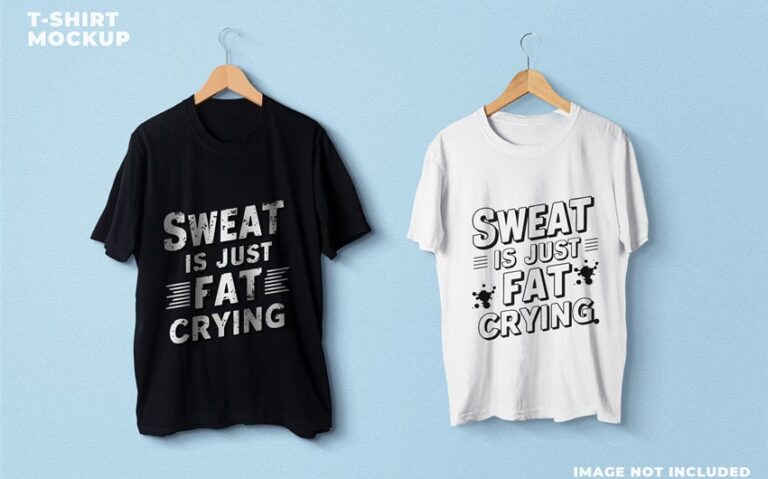Why Does YouTube Have So Many Ads? The Tradeoff Behind Free Content
I used to go to YouTube for bite-sized escapes—a quick how-to, a music video, a rabbit hole into 2009-era meme compilations. But now, there’s a gatekeeper at the start of almost every video: an ad. Or two. Or sometimes four. I get it—platforms need to make money. But lately, it feels like YouTube’s ad strategy crossed a line. So I started digging. Why does YouTube have so many ads, really? And how did we get here?
YouTube Is “Free”—But You’re Paying With Time and Attention
YouTube is technically free, which is what makes it feel so universal. You don’t need a subscription to access its content library, and you can spend hours watching everything from academic lectures to cat fails without swiping your credit card. But nothing online is truly free—and YouTube is no exception.
When a service is “free,” you’re not the customer—you’re the product. What YouTube sells isn’t content. It’s access to you: your eyes, your clicks, your engagement. Advertisers pay YouTube to deliver their messages to your screen, and YouTube, in turn, offers you unlimited access to videos—on the condition that you sit through increasingly frequent ads.
So while you’re not paying in dollars, you’re paying in attention. And attention, in today’s economy, is currency. Every second you spend watching a pre-roll is a second YouTube earns revenue. Every click, view, and comment adds to the data that helps advertisers target you better. The platform’s model depends on stretching those interactions as far as they can go.
YouTube’s Primary Revenue Engine Is Advertising
YouTube is owned by Google’s parent company, Alphabet—one of the biggest advertising businesses on the planet. Google doesn’t just make money through search or Gmail or Android. Its largest source of income is advertising. And YouTube is one of its crown jewels.
In 2023 alone, YouTube generated over $40 billion in ad revenue. That’s more than the GDP of some small countries. And that number is growing every year. Video advertising has become a top priority, and YouTube is positioned as the go-to platform for brands who want to reach an audience across generations and continents.
The business model is straightforward: advertisers pay YouTube to show their ads to specific demographics, based on geography, interests, watch history, and more. YouTube places those ads before, during, or around videos. A portion of the revenue goes to the creators, but a large slice stays with YouTube. The more ads they show, the more money they make.
So when you wonder why there are more ads now than a year ago—it’s because YouTube has built a system where the financial incentive is to increase—not reduce—the number of ad impressions.
More Advertisers, More Competition, More Ads
YouTube is no longer just a quirky platform for user-generated content. It’s a mainstream media empire. And like any media empire, it’s become a magnet for advertisers—from major corporations to small local businesses.
What makes YouTube especially valuable to advertisers is its advanced targeting capabilities. Unlike TV, where ads reach broad audiences, YouTube ads can be tailored down to individual preferences: age, location, language, viewing behavior, even search history. If you recently looked up camping gear or skincare routines, YouTube knows. And the ads adjust accordingly.
As more businesses recognize this power, the demand for ad space skyrockets. But ad slots are finite. YouTube responds by inserting more ad breaks—pre-rolls, mid-rolls, and post-rolls—sometimes doubling or tripling the number of ads you encounter in a single session. Add to that new ad formats like 15-second non-skippables, six-second bumpers, and back-to-back “ad pods,” and you start to feel the squeeze.
It’s not just about showing ads—it’s about optimizing every second of your viewing experience for maximum monetization. And as the advertiser pool gets more crowded, YouTube finds more ways to make room—at the cost of a seamless user experience.
Ad Blockers Used to Be a Way Out—Now They’re Being Blocked
For years, ad blockers were a digital escape hatch. Install one, and YouTube returned to the quiet, uninterrupted zone it once was. But that loophole is closing. In late 2023, YouTube began rolling out aggressive anti-ad-blocker measures. Users who tried to access videos with an ad blocker saw warning messages—or found their playback disabled entirely.
This wasn’t just a glitch—it was policy. YouTube wants ad blockers gone. Why? Because they break the business model. Every ad skipped is lost revenue. And at a platform scale, those numbers add up fast. YouTube’s counter move is to gently (or not-so-gently) nudge users toward a different solution: YouTube Premium.
This is the paid, ad-free version of YouTube. At around $13.99/month in the U.S., it removes ads, enables background play, and allows offline downloads. It’s also YouTube’s way of giving you a choice: either support us with your time and attention—or support us with your money. There’s no longer a third option.
YouTube Premium: The Platform’s Real Endgame?
YouTube doesn’t just tolerate the rise in ads—it may be banking on it. By increasing ad volume and restricting ad blockers, the platform creates just enough friction to make Premium seem appealing. It’s a classic strategy: make the free version increasingly inconvenient until the paid version feels necessary.
In fact, YouTube Premium subscriptions are on the rise, and it’s easy to see why. With creators inserting more mid-roll ads, and YouTube experimenting with new ad placements on home screens and pause screens, Premium becomes the path of least resistance for heavy users. And the company wins either way—ad revenue or subscription revenue.
There’s nothing inherently wrong with this model. But it does mean users are being gently funneled into a paywall—not overtly, but gradually. It’s the classic “freemium” playbook, applied with the precision of a trillion-dollar tech company.
Creators Are Incentivized to Run More Ads
YouTube isn’t just a platform for viewers—it’s a livelihood for millions of creators. And for many of them, ads are the primary income stream. YouTube’s Partner Program allows monetized creators to earn a percentage of ad revenue generated on their videos. The more ads shown, and the more those ads are watched, the more the creator earns.
This leads to very real design choices. Creators often stretch videos past the 8-minute mark (now reduced to 8 from the original 10) to unlock mid-roll ads. They may frontload videos with pre-rolls or experiment with ad pacing to maximize earnings. And who can blame them? For some, it’s the difference between making rent and not.
But as creators become more strategic, viewers become more fatigued. The tension builds: how do you support creators while preserving your viewing sanity? There’s no easy answer. But it’s a key reason why ads are becoming more frequent. Creators are optimizing for revenue, and YouTube is giving them the tools to do so.
YouTube Is Competing on All Fronts—and Ads Fund the Fight
YouTube isn’t just YouTube anymore. It’s YouTube Music. YouTube Shorts. YouTube TV. It’s fighting for attention against Netflix, TikTok, Twitch, Spotify, Instagram, and traditional cable—all at once. To stay ahead, it needs constant innovation, aggressive content development, and platform-wide updates.
All of that takes money—billions of it. Ads help fund that fight. They support server farms that stream 500+ hours of video every minute. They pay the engineers behind new features, the AI systems scanning for harmful content, and the creator economy that keeps the platform alive.
In short: YouTube’s ad volume is a symptom of its scale. It’s no longer just a video-sharing site—it’s a content ecosystem. And every part of that ecosystem runs on revenue. That means the ads aren’t going anywhere. In fact, they’re probably going to multiply.
So, Why Does YouTube Have So Many Ads?
Because you’re not really the customer. You’re the audience being sold to advertisers. Because creators need to earn a living. Because Google needs to keep shareholders happy. Because competition is fierce, and innovation is expensive. Because the platform is trying to turn “free” into profit—without charging you directly.
I still get annoyed at mid-roll interruptions. I still side-eye the second ad in a row. But I also understand the math behind it. It’s not personal. It’s the model. And as long as YouTube remains the central hub for internet video, we’ll all be clicking “Skip Ad”—or quietly wondering if it’s time to finally try Premium.






